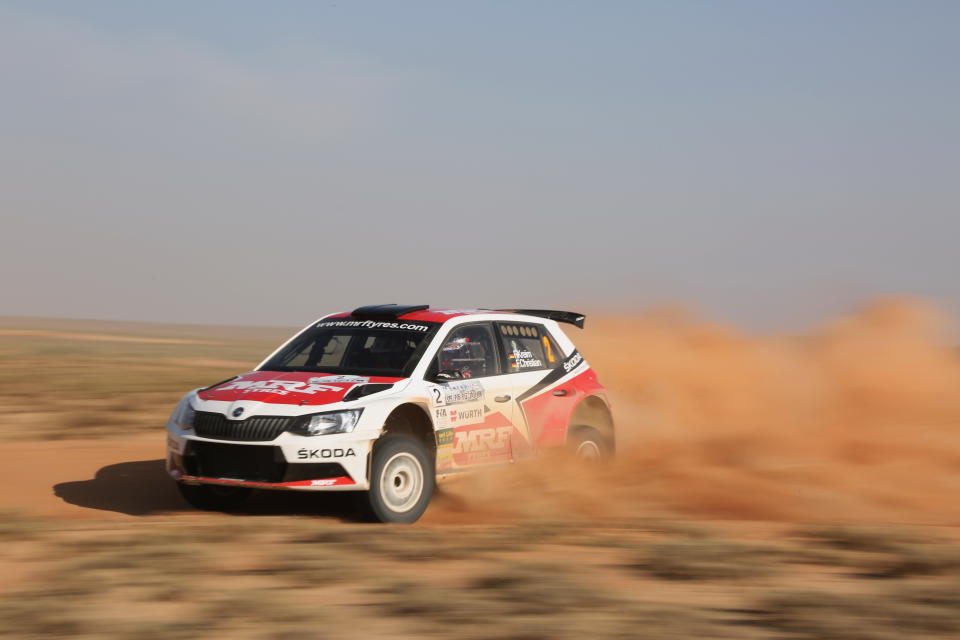Skoda's Group B Prototype Had a Lada Heart

Skoda started racing the highly successful, rear-engined 130 RS in 1976, and by the early eighties, the car was starting to get outrun by the more powerful competition. The factory was unable to act quickly enough, so the financially strong Agroteam JZD Slušovice decided to develop a new rally car on their own, based on the Rapid and built to Group B specifications.
Since Skoda's engines weren't really cut for the job, the Metalex company decided to use the 1.6 out of a Lada VFTS. Lada's tail-happy rally car was designed in Lithuania by the Vilnius factory and perfected throughout the years by numerous Hungarian racing teams. Fed by a pair of Weber 45 DCOE carburetors as standard, the engine produced 160 horsepower at 7000rpm and up to 130 foot pounds of torque.
The Škoda 160 RS MTX weighs well under 2200 pounds, so this engine turned what once was a Škoda Rapid into a 120mph machine that could get to 60 in roughly 6 seconds. The 160RS also used four disc brakes and the front axle of Skoda 130 RS, while the rear was unique to the car due to the Lada block. Metalex put in a faster steering rack from one of their formula cars, and the 160 RS went racing in 1984 in Group A, because it was clear that they won't be able to build 200 of these without the factory's help to get it homologized for Group B. The Agroteam left the rally scene later that year, and since Skoda decided to do its own thing with the 130 LR instead, the MTX's career was over before it could really prove itself.
They say three were built by Metalex, of which only two had the VFTS engine. This survivor was restored in 2003, living an active life ever since.
Funny enough, Lada's Group B effort also got stuck at the prototype stage. While the VFTS was a huge success, Lada's Samara-shaped mid-engined prototype was too late to the party. Developed by a bunch of crazy people in Estonia, the 'EVA' was a full on silhouette racer using the same block bored to 1.8 with an added turbo and a DOHC head. While the Estonians managed to entertain the FIA's inspectors until they signed the papers for 200 cars built, in reality, only about 20 left the garage, with a few missing a turbocharger, and other less essential bits.
After Group B got banned, Lada decided to turn their prototype into a Dakar special using the engine and the all-wheel drive system of a Porsche 959. In 1991, they became fifth overall with Jacky Ickx. By that time, Volkswagen bought a 30 percent stake in Škoda.

Hat tip to Skoda News!

 Yahoo Autos
Yahoo Autos 